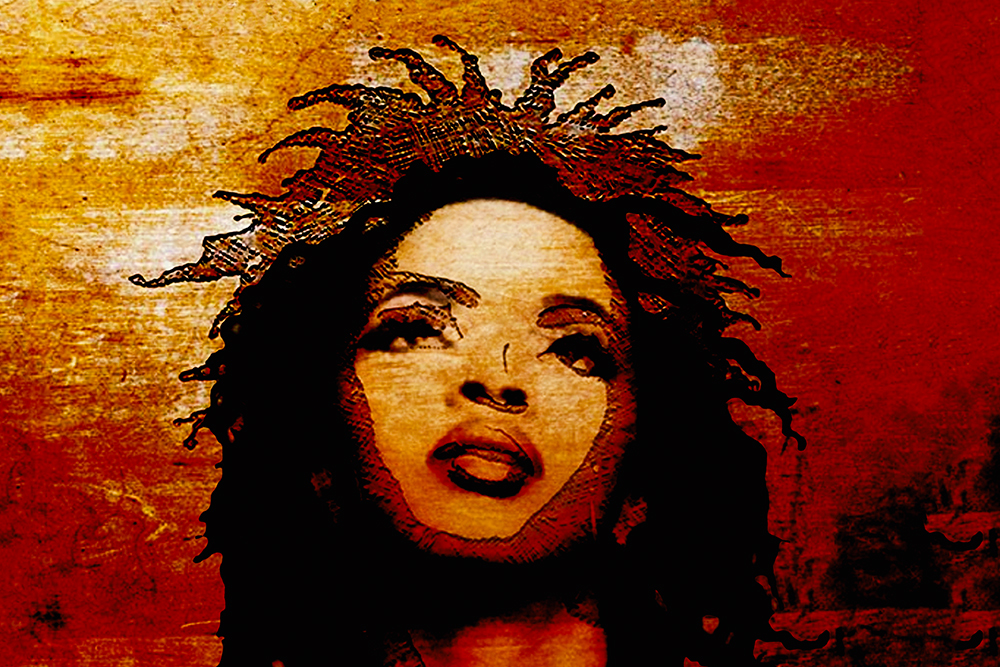FINAL HOUR
News, VICE. “Women Music Producers Fighting for Equality (HBO).” YouTube, YouTube, 27 June 2017, https://www.youtube.com/watch?v=vpwMy_eI7jE.
Wolfe, Paula. “A Studio Of One’s Own: Music Production, Technology And Gender.” Journal on the Art of Record Production ” A Studio of One’s Own: Music Production, Technology and Gender, Journal on the Art of Record Production, Nov. 2012, http://www.arpjournal.com/asarpwp/a-studio-of-one’s-own-music-production-technology-and-gender/.
Lanzendorfer, Joy. “Why Aren’t There More Women Working in Audio?” The Atlantic, Atlantic Media Company, 12 Sept. 2017, https://www.theatlantic.com/entertainment/archive/2017/08/why-arent-there-more-women-working-in-audio/537663/.
Blistein, Jon. “New Study: Music Industry’s Greatest Gender Disparity Is Behind the Scenes.” Rolling Stone, Rolling Stone , 25 June 2018, https://www.rollingstone.com/music/music-news/new-study-music-industrys-greatest-gender-disparity-is-behind-the-scenes-203036/.
Emerson, Rana A. “‘Where My Girls At?”: Negotiating Black Womanhood in Music Videos.” Gender and Society, vol. 16, no. 1, 2002, pp. 115–135. JSTOR, www.jstor.org/stable/3081879.
Hobson, Janell, and R. Dianne Bartlow. “Introduction: Representin’: Women, Hip-Hop, and Popular Music.” Meridians, vol. 8, no. 1, 2008, pp. 1–14. JSTOR, www.jstor.org/stable/40338908.
Morton, Charlene. “Feminist Theory and the Displaced Music Curriculum: Beyond the ‘Add and Stir’ Projects.” Philosophy of Music Education Review, vol. 2, no. 2, 1994, pp. 106–121. JSTOR, www.jstor.org/stable/40327077.
Orcutt, KC. “10 Songs Produced By Women That Are Here To Soundtrack A Revolution.” The Source, 9 Mar. 2016, http://thesource.com/2016/03/09/10-songs-produced-by-women-that-are-here-to-soundtrack-a-revolution/.
Bruce, La Marr Jurelle. “‘The People Inside My Head, Too’: Madness, Black Womanhood, and the Radical Performance of Lauryn Hill.” African American Review, vol. 45, no. 3, 2012, pp. 371–389. JSTOR, www.jstor.org/stable/23783546.
Phillips, Layli, et al. “Oppositional Consciousness within an Oppositional Realm: The Case of Feminism and Womanism in Rap and Hip Hop, 1976-2004.” The Journal of African American History, vol. 90, no. 3, 2005, pp. 253–277. JSTOR, www.jstor.org/stable/20064000.
Keyes, Cheryl L. “Empowering Self, Making Choices, Creating Spaces: Black Female Identity via Rap Music Performance.” The Journal of American Folklore, vol. 113, no. 449, 2000, pp. 255–269. JSTOR, www.jstor.org/stable/542102.
Lanzendorfer, Joy. “Why Aren’t There More Women Working in Audio?” The Atlantic, Atlantic Media Company, 12 Sept. 2017, https://www.theatlantic.com/entertainment/archive/2017/08/why-arent-there-more-women-working-in-audio/537663/.
